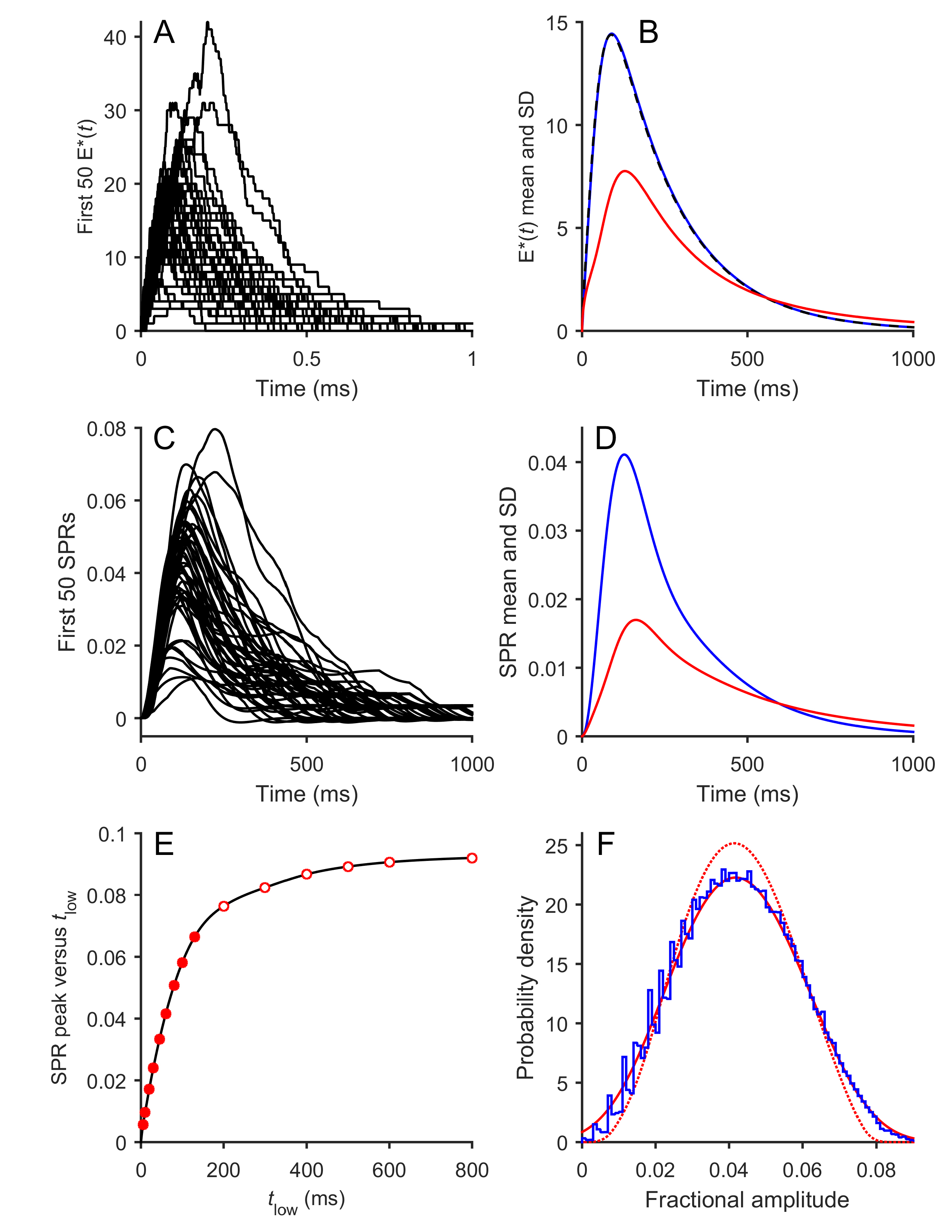Figure 5. Stochastic generation and shut-off of E* combined with the three-state R* model. The three-state model has been extended by
simulating E* generation and shut-off as being stochastic, with the same rate constants (ν
RE and
kE) as in the deterministic E* case in
Figure 4. All other features of the simulation were identical to those in
Figure 4, including the seed for the random number generator, so that the sequence of
R*(
t) simulations was the same.
A: The first 50 simulations of
E*(
t).
B: Mean (blue) and SD (red) of the
E*(
t) time-course for the 10
5 simulations. The dashed black trace is the predicted mean
E*(
t) time-course, obtained by convolving the mean
R*(
t) time-course with the deterministic E* impulse response, ν
RE exp(−
kE t).
C: The first 50 simulations of SPRs.
D: Mean (blue) and SD (red) SPR time course for the 10
5 simulations.
E: Relationship between SPR amplitude and
tlow from
Figure 4D. Symbols plot the measured SPR peak amplitudes, and the curve is a spline fit.
F: Probability distribution of the peak amplitudes for the 10
5 simulated SPRs (blue). Minor peaks are visually resolvable for what we presume to be the first eight E*s. The dotted red
trace is redrawn from the red trace in
Figure 4F, while the continuous red trace is the convolution of the dotted trace with a Gaussian function representing variability
of the number of E*s; see Text.
 Figure 5 of
Lamb, Mol Vis 2016; 22:674-696.
Figure 5 of
Lamb, Mol Vis 2016; 22:674-696.  Figure 5 of
Lamb, Mol Vis 2016; 22:674-696.
Figure 5 of
Lamb, Mol Vis 2016; 22:674-696. 